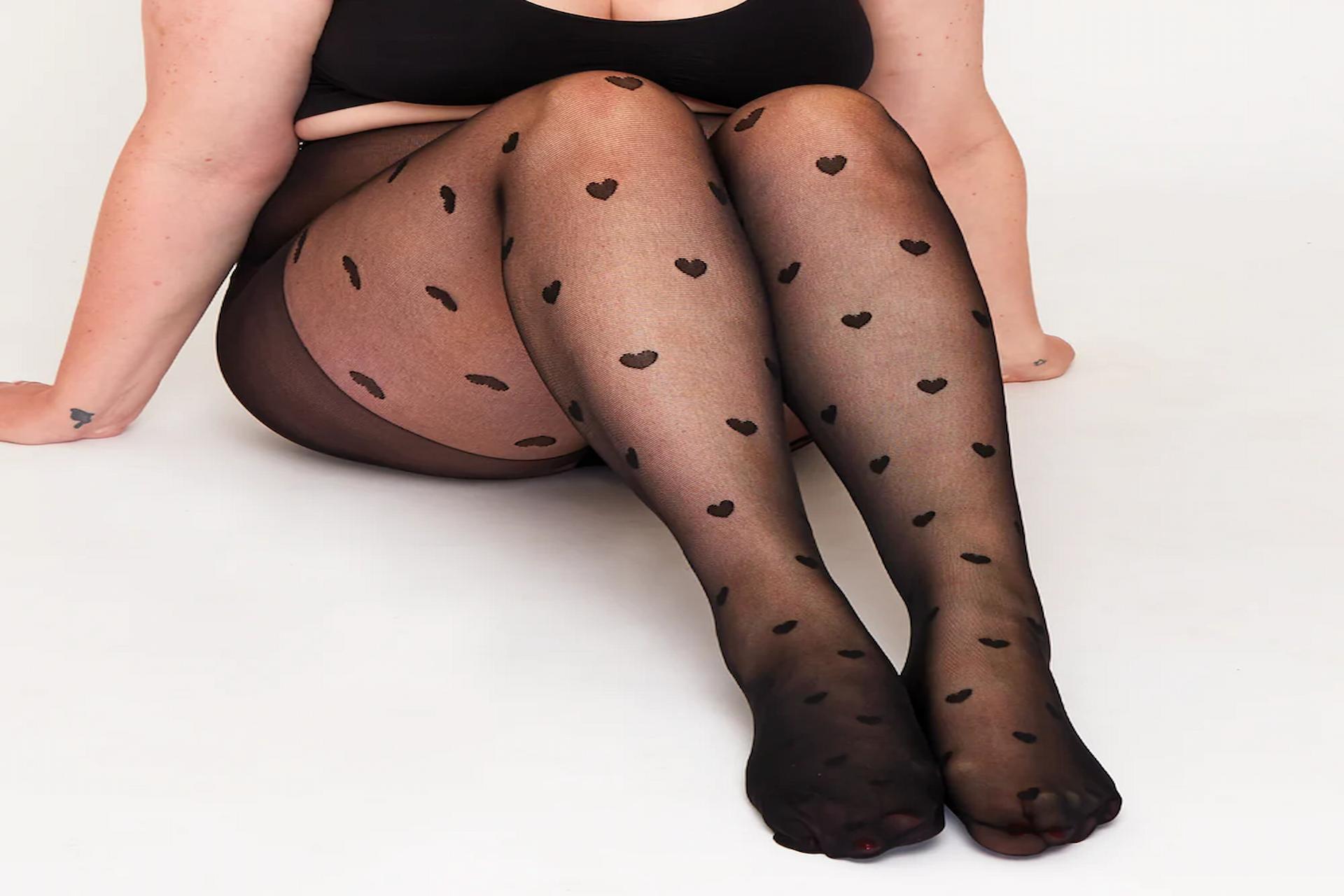What you drink your ale out of is almost as important as what ales you drink, The Beer Seller explain the different types of drinking vessels available on the market. Picking the right drinking vessel for the appropriate ale can real add to the taste and the experience of beer drinking. Above are the top 6 beer drinking glasses and more commonly used shapes. The glasses originate from all over the world but are now commonly used for different types of ale rather than a geographical purpose.
The Pilsner
A pilsner glass is used for many types of light beers, including pale lager or (quite obviously) pilsner. They are tall, slender and usually tapered at the top. This slender Pilsner glass is used as it will reveal the colours, and also carbonation of the beer. The tapered top helps maintain the frothy head of any pint.
The English Pub Glass
You many recognise this one. A popular glass used in many British pubs, it has gained favour over due to the attractive shape. Many large ale brands have customised this shape of glass and embedded their logo on the side to create an instantly recognisable pint.
Belgian Ale
This is recognisable as the glass that Stella Artois use in the UK. It is normally referred to as a chalices or a goblet. This shape is usually large, stemmed, bowl-shaped glasses adequate for serving heavy Belgian ales and other big sipping beers. There is a difference between a goblet and chalice. This is typically judged upon the glass thickness. A goblet tends to be more delicate and thin, while the chalice is heavy and thick walled.
Craft Pub
These beer glasses are usually tall with a very slight flare towards the top of the glass and a thick base.
Porter
Excellent for big for stouts where aroma plays a small role in the flavour profile. The bowl should be big enough to hold the whole beer and still collect the aromas you want to savour before drinking it.
Wheat Beer
The wheat beer glass features a very tall, slender shape that will showcase the gorgeous tones of a wheat beer. The glass is narrow at the bottom with a wider head to capture the aromas of the beer being served. The tall nature of the glass allows for plenty of headspace to promote a thick, frothy head.




